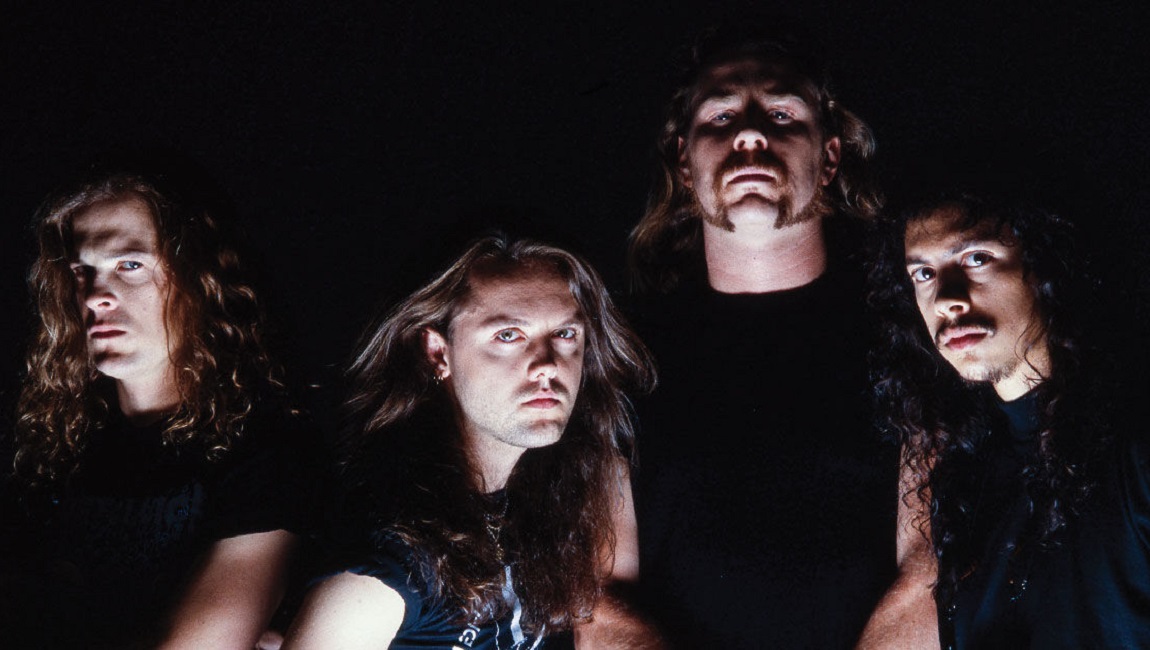Body/Dilloway/Head is a patient, thrilling deconstruction, a reimagining of what rock music is and what it can be.
In the world of noise music and free improvisation, collaborative side projects are a fairly regular occurrence — in fact, calling such collaborations “side projects” is probably a misnomer, as really they’re one of the foundations of the genre. The opportunity to observe the musical synthesis that emerges from the collision of disparate improvisers can be one of the most exciting features of this music. However, in the case of Body/Dilloway/Head — a new trio comprised of Bill Nace, Kim Gordon, and Aaron Dilloway — the arrangement is not the usual one. Rather than these three heroes of American noise music gathering to spend some time freely jamming, the impression that Gordon gave in a press release quote is that of a two-step process: recordings created originally by just herself and Nace (who have performed together as the guitar duo Body/Head for nearly a decade) were later sent along to Dilloway to be used as source material for his tape manipulation-based wizardry. A listener schooled on the work of these artists might have come to this conclusion on their own, as Dilloway’s musical voice does indeed seem to dominate the proceedings, at least on the surface. But it would be a mistake to regard this simply as the authorial work of Dilloway alone.
This mode of construction is not necessarily without precedent, but its effect on the listening experience is significant. “Body/Erase,” the sprawling, side-long track that opens the record, is illustrative in that regard. Things begin barely above a whisper: a few fragments of warbled, abstract sounds scattered sparingly, undergirded by a soft, machinic hum, the sort of ambient drone present in almost any sonic environment, but rarely noticed or treated as a focal point. (Dilloway’s reputation as a noise musician can sometimes obscure his talent for utilizing negative space, but still this is strikingly sparse.) And it remains that way for quite some time; new sounds are mixed in, but the music refuses to settle into any coherent form or pattern. One would assume that the sounds we’re hearing began as Body/Head recordings, but there is no way to reliably tell with just one’s ears, as everything is treated beyond any point of reasonable identification. Dilloway takes his time, gradually sprinkling in more pieces of distorted tape, a painter slowly but deliberately adding little strokes to his sonic canvas, and it isn’t until over halfway through the track that we can detect anything that actually sounds like a guitar. Their entry is subtle enough that you might not even notice it, but an educated speculation suggests that the droning eighth-notes in the left speaker probably came from Gordon, whereas the more abstract noises coming from the right hail from Nace’s prepared guitar (though of course we can’t be certain). Meanwhile, Dilloway continues to tinker, and somehow by the track’s end, a new form has slyly taken shape, the piece mutating ever so slowly into a knotted mass of droning feedback and buzzing loops, without ever really calling attention to the shift. There’s no crescendo or climax, it simply evolves, and all of a sudden Gordon and Nace seem to have slipped into the foreground. It’s a remarkable work of patience and restraint, one that encourages deep, focused listening and pays off beautifully.
One of the pleasures of these sorts of collaborations is trying to pick out who is responsible for which sounds, but the arrangement here opens up broader questions of authorship — who is the Body and who is the Head? While the methodology might suggest one answer, Body/Dilloway/Head ultimately resists anything so simple. Though that first track begins sounding essentially like an Aaron Dilloway solo project, the Body/Head source material subtly morphs and grows until the track bears the unmistakable mark of all three of its participants. At certain points it even begins to sound like Gordon and Nace are overdubbing on Dilloway’s collage, not merely serving as ingredients to be diced up and arranged. Now whether that is actually true or not is less important than the fact that their three individual voices are undeniably present as crucial pieces making up this whole. It’s a dynamic we can see continue to play out as the record unfurls; Dilloway does seem to be playing orchestrator, but Gordon and Nace are still featured soloists, rather than being lost in the warped tape. “Goin’ Down” is a relatively traditional improvised trio, with what sounds like a mostly unedited Body/Head jam plus Dilloway laying down some ghostly loops over the top. But the third and final track brings perhaps Body/Head’s most iconic feature into play: Kim Gordon’s voice.
“Secret Cuts” is a beguiling work, jarring and sudden where the rest of the record is fluid and understated, but most striking is the way Dilloway slices and mangles Gordon’s vocals. They’re shredded into syllabic fragments and distorted in all sorts of ways, but somehow they remain obviously Gordon’s throughout. Her breathy voice is unmistakable, even when twisted beyond comprehension. The effect is something like a transmission from a dream, at once recognizable while being entirely unintelligible, intuitively familiar despite having been stripped of all information. And in that sense, “Secret Cuts” feels like a song torn apart, an observation that only further elucidates Body/Dilloway/Head as a project. If Nace and Gordon had initially set out to take Sonic Youth’s rock deconstruction somewhere more radical, then the inclusion of Dilloway is only a continuation of that same process, as they submit their music to be literally shattered and stitched back together. It’s another layer of deconstruction, another step in reimagining what rock music is and can be.
Published as part of Album Roundup — November 2021 | Part 1.







